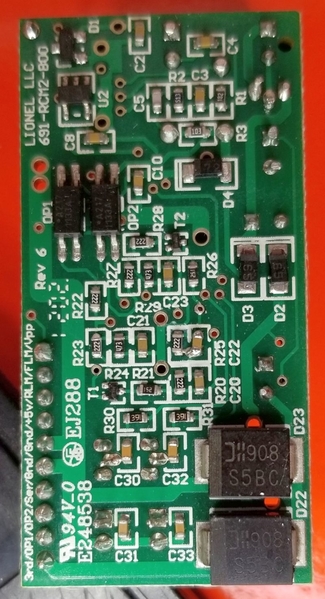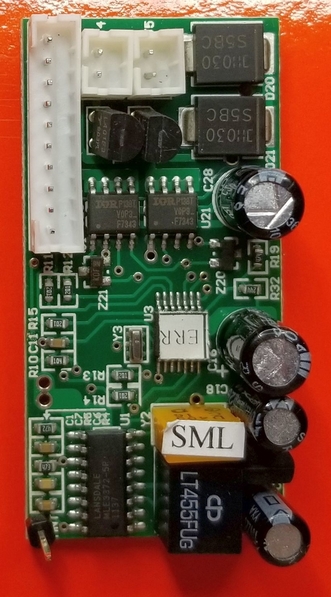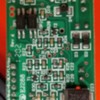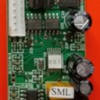Personally, I'd go for the FETs, they offer very smooth control and are easily driven using PWM from the uP. FWIW, that's how I vary the smoke fan and the Rule-17 lighting on my Super-Chuffer. The other bonus is they're very small and low power dissipation. My only addition would probably be a TVS across the outputs for any spike control.
1) The older Mini Commander HC had one T2322B and one beefier triac in a TO-222-2 package for the higher current output. What was the change that permitted use of the smaller T2322B for the same applications?
AFAIK, there was no "change" that allowed higher current in the smaller package, any of the HC models had the TO-220 triac. There doesn't appear to be any other changes, they just popped the larger triac into the same holes.
There used to be an option to handle motorized units with the same board that the MC-ACC is based on, so it would be kinda' cool if we could kill two birds with one stone. Once you have the hardware, just drop in different software. 
I will also say, certain motors didn't react well to the MC-ACC, but I never had an issue with the MC-II, another reason I lean to the FET's.












